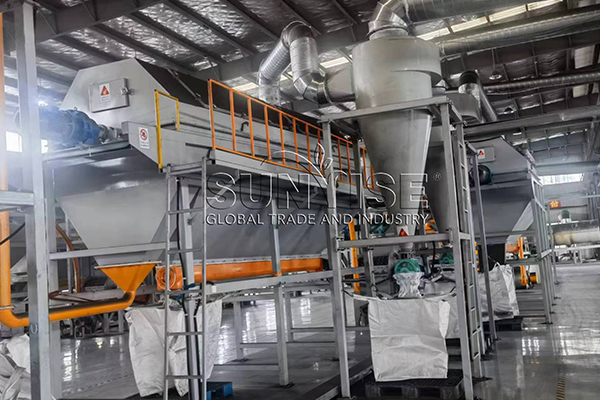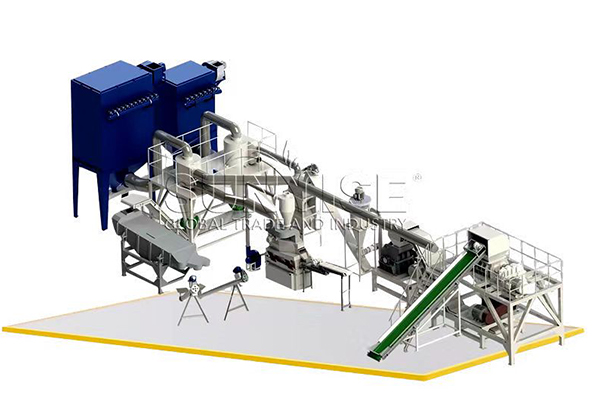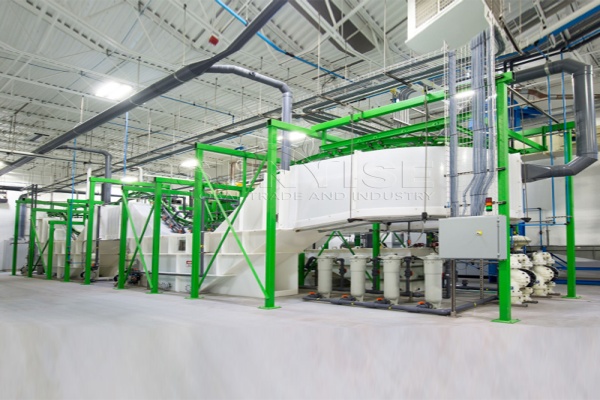India, Cù a so vasta populazione è l'industria automobilita, Genera una quantità enorme di pneumatici di scarti ogni ghjornu. Cum'è i preoccupati ambientali ligati à u monte di disposizione di u pneumaticu improperu, A necessità di e piante di piante di prigione efficiente è grande scala hè diventata cruciale. In questu articulu, Esploremu u significatu, Meccanismi di travagliu, è benefici di 100 tunnellata di capacità di capacità quotidiana Pirolisi piante in l'India.
U prublema di rifiuti di u pneumaticu crescente in India
A rivoluzione automobilica in l'India hà purtatu à un aumentu di u stagnante in u numeru di veiculi nantu à e strade. In cunseguenza, U voluminu di i pneumatici di i rifiuti scartati ogni ghjornu ghjunghje à i livelli di alarming. Questi pneumatici di rifiuti, Si lasciava senza controllo, pose multiple minacce. Piglianu u spaziu di terraferma significativa, chì hè digià scarsa in parechje zone urbane. Altru, when tyres are dumped in the open or burnt haphazardly, they release toxic fumes and pollutants into the air, soil, and water, endangering public health and the environment. For instance, the release of sulfur dioxide, nitrogen oxides, and heavy metals during uncontrolled burning can cause respiratory problems and contaminate agricultural land.
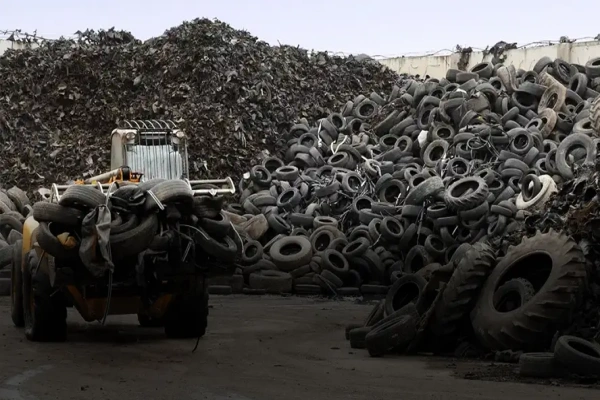
How Does a 100-ton Daily Capacity Tyre Pyrolysis Plant Work?
Feeding System
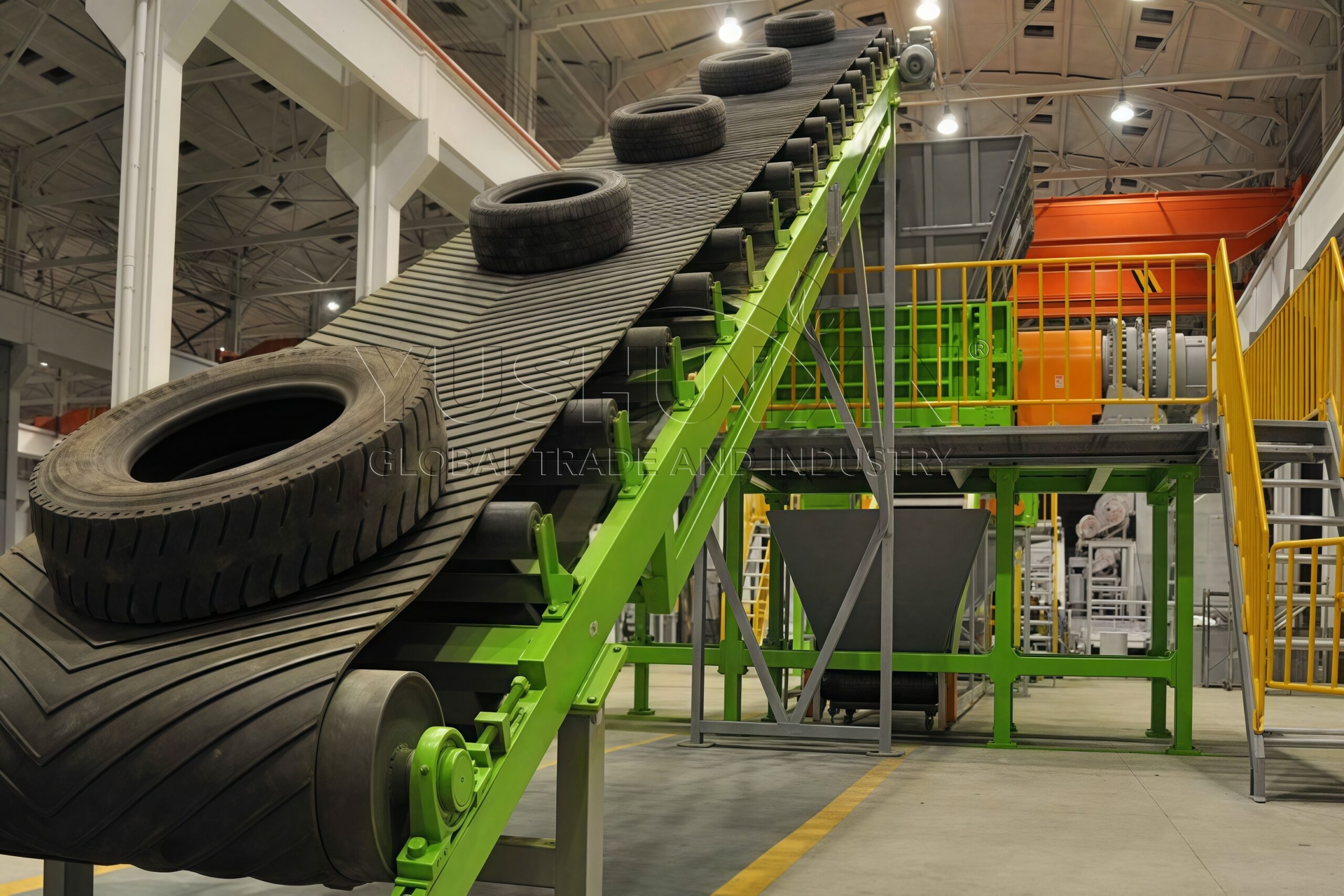
The process begins with a robust and automated feeding system. This system is designed to handle the large volume of waste tyres efficiently. It typically consists of conveyor belts and mechanical grippers. The conveyor belts transport the tyres from the storage area to the pyrolysis reactor. The grippers ensure a smooth and continuous flow of tyres into the reactor, preventing any blockages. For a 100-ton daily capacity plant, the feeding speed and precision are calibrated to meet the high throughput requirements.
Pyrolysis Reactor
The heart of the plant is the pyrolysis reactor. Here, the waste tyres are subjected to a process called pyrolysis, which occurs in the absence of oxygen at high temperatures, usually ranging from 400 to 600°C. Inside the pyrolysis furnace, the complex chemical bonds in the tyres break down, converting them into three main products: pyrolysis oil, carbon black, and combustible gas. The reactor is engineered with advanced insulation and heating elements to maintain a consistent temperature throughout the process. This ensures complete decomposition of the tyres and maximizes the yield of valuable products.
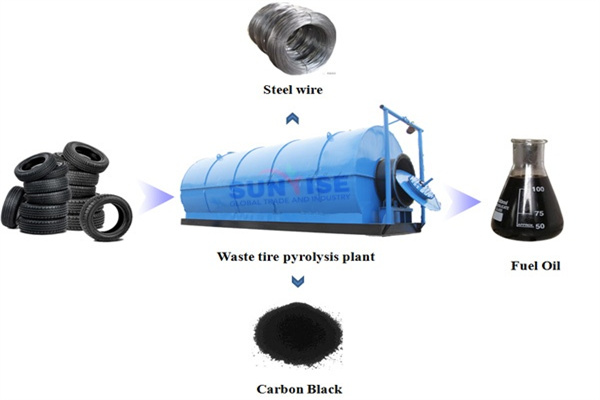
Condensation System
As the pyrolysis process generates hot gases, these gases are immediately directed to the condensation system. The condensation system consists of a series of heat exchangers and cooling towers. The hot gases pass through the heat exchangers, where they are cooled down rapidly. This cooling causes the gaseous components to condense into liquid form, which is the pyrolysis oil. The oil is then collected and stored in dedicated tanks. The quality and purity of the pyrolysis oil can vary depending on the efficiency of the condensation system, and for a large-scale plant, strict quality control measures are implemented to ensure its marketability.
Gas Purification and Utilization System
The combustible gas produced during pyrolysis is not wasted. Prima passa per un sistema di purificazione di gas per sguassà qualsiasi impurità cum'è sulfuru è particulare. Una volta purificata, Una parte significativa di stu gas hè riciclatu à u reattore di a pirolisi per furnisce u calore necessariu, Reducendu u cunsumu di energia generale di a pianta. U gasu restante pò esse usatu per alimentà altre equipaggiu auxiliari in a pianta o ancu vendutu cum'è una fonte di carburante in certi casi, Contribuisce à a viabilità ecunomica di l'operazione.
Recuperazione Negru Carbon è trasfurmazioni
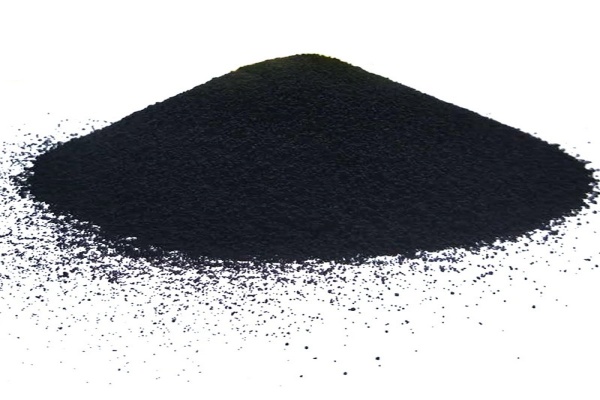
U carbone negru ottinutu da a pirolisi di i pneumatici hè un altru produttu preziosu. Hè separatu da l'altri residui solidi in u reattore è dopu sottumessi più trasfurmazioni. Questu include a mullita, frantumazione, and sometimes chemical treatment to improve its quality and make it suitable for various industrial applications. In India, carbon black has a growing market in the rubber, ink, and plastics industries, providing an additional revenue stream for the tyre pyrolysis plants.
Benefits of 100-ton Daily Capacity Tyre Pyrolysis Plants
100-A TON Quadra di a piantazione di a piante di a piante di a piante di a piante in India tenenu una grande prumessa per indirizzà u prublema di pneumatici di i scarpi, Prutezzione di l'ambiente, è cunduce u sviluppu ecunomicu. Mentre ci sò sfidi per superà, cù a pianificazione curretta, investimentu, È Collaborazione, these plants can become a cornerstone of India’s sustainable waste management and circular economy initiatives. As the country continues to grow and urbanize, the importance of such innovative waste treatment solutions will only increase. Feel free to contact us if you want to know the price of tire recycling machines.
Cuntatta ci


